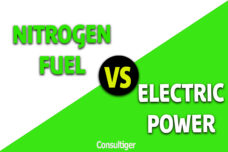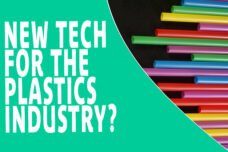THE GOOD NEWS
The breaking news last week was the finding of a major lithium deposit in India. It is estimated that 5.9 million tonnes (MT) of Lithium is available in an area of Kashmir. If your inclined to know the fincial value of the find, it is 34 trillion in Indian currency (as per an Economic Times report). The quality of lithium found is superior at 500 ppm against the normal grade of 200 ppm.
This is a landmark moment for India, especially since it intends to play a leadership role in the global electronics manufacturing sector. The quantum of lithum found here is the fifth-largest in the world.
The ‘ white gold’ – as Lithium is referred to – goes into laptops, mobile phones, electronic vehicles in the form of rechargeable batteries.
THE WORRY, THOUGH
The processing of lithium into a mineral that can be used in batteries is a challenge, though. India may not move into an import-free situation despite this discovery until the processing is mastered; expected to take a couple of years atleast.
The criticism will come from environmentalists since the mining & refining of lithium is not a very eco-friendly process. The ore has to be heated in high temperatures that requires burning of fossil fuels. It is estimated that for every ton of lithium that is mined the environment will have to bear with the emission of 15 tons of carbon dioxide.
WHERE ELSE?
The world’s largest reserves of lithium is found in Bolivia – mostly unmined since the infrastructure to excavate the mineral is not present here. So, in terms of volume produced, Bolivia doesnot play a major role globally. The other countries with Lithium reserves are Chile, Australia, China and USA.
As for the production, Australia produces more than 50% (55 MT) of the world’s lithium with 90% of which is consumed by China. Chile produces 26 MT of Lithium and China produces 14 MT of the metal. China controls 60% of the global battery-grade lithium refining capacity. (reference visualcapitalist.com as on 2021).
MORE ON LITHIUM
Lithium is commonly produced in two ways – one, mining of lithium containing rock (processing from minerals) and two, extraction of lithium containing salts from underground brine resorvoirs (processing from brine). Lithium chloride is used to convert lithium so extracted into metal and is done in an electrolytic cell. Potasium chlroide is added to the mix to increase the conductivity of the lithium metal.
Lithium is the lightest of metals and is as soft as can be cut with a knife when it is in its element form.
Apart from rechargeable-batteries, lithium is also used in ceramics & glasses, lubricating greases, air treatment, etc.
THE POTENTIAL FOR INDIA
This lithium discovery could not have come at a more appropriate time for India. With lot of support from the Indian government, the EV industry is going to see sky-rocketing demand for EV vehicles. Global giants are setting up phone manufacturing units in India and rechargeable batteries built in India with India-mined lithium would be an added competitive advantage.
The demand for lithim is projected to be about 1.5 million tonnes of lithium carbonate equivalent by 2025 and doubling in 5 years (that is, by 2030). As of 2021, the production of lithum carbonate equivalent was at 540,000 tonnes. This means to meet the 2025 demand, the production should grow by three times and to meet the 2030 demand it should grow by six times. With a time lag of 6 years to 10 years for production line to go on stream, there clearly is going to supply-demand mismatch.
The recent find in India would be seen by the manufacturers as a big relief. India could well bridge the gap in the years to come.












